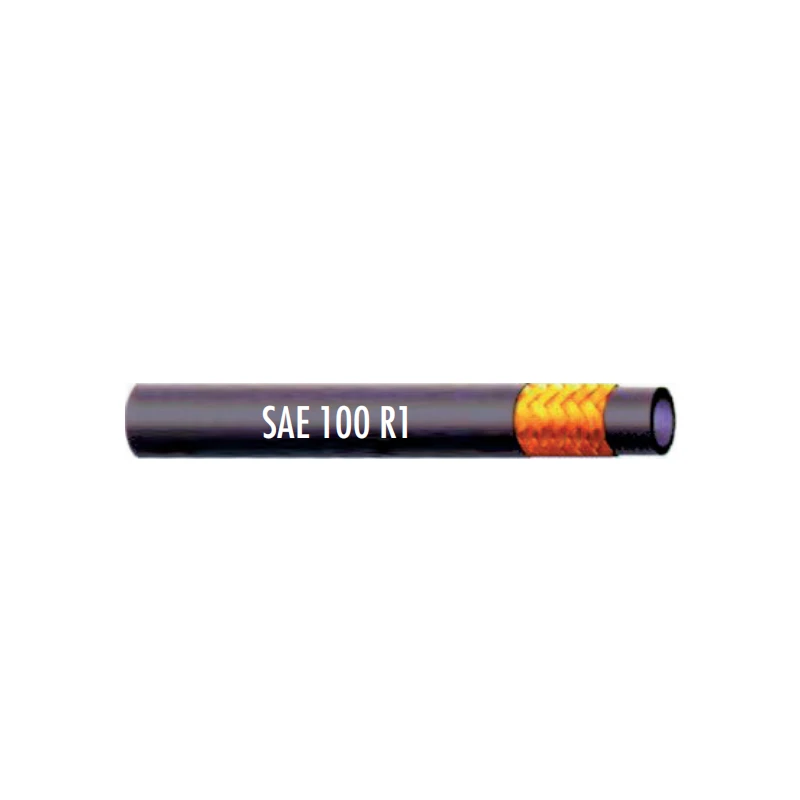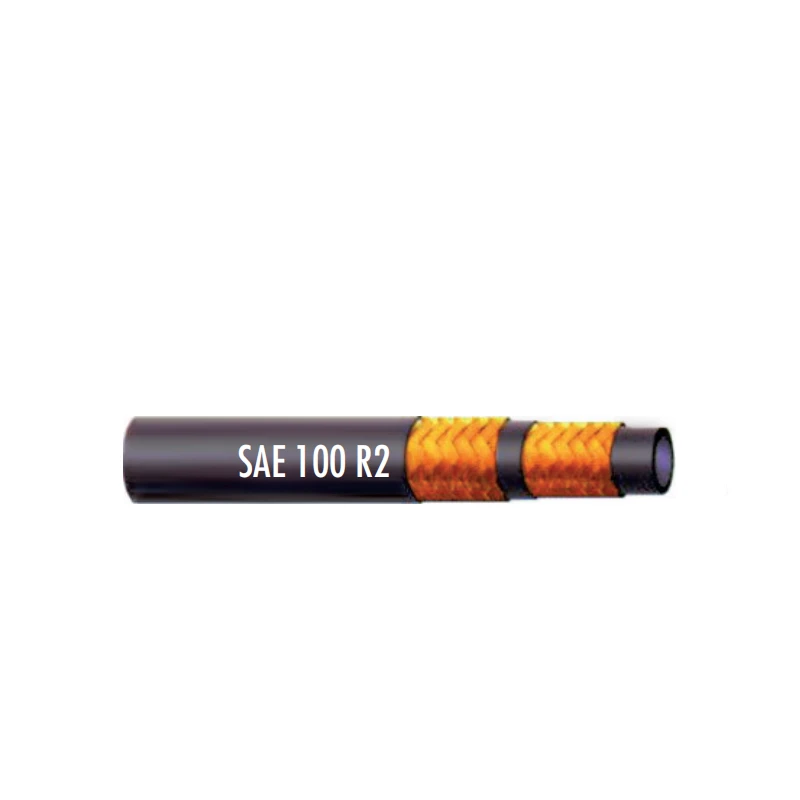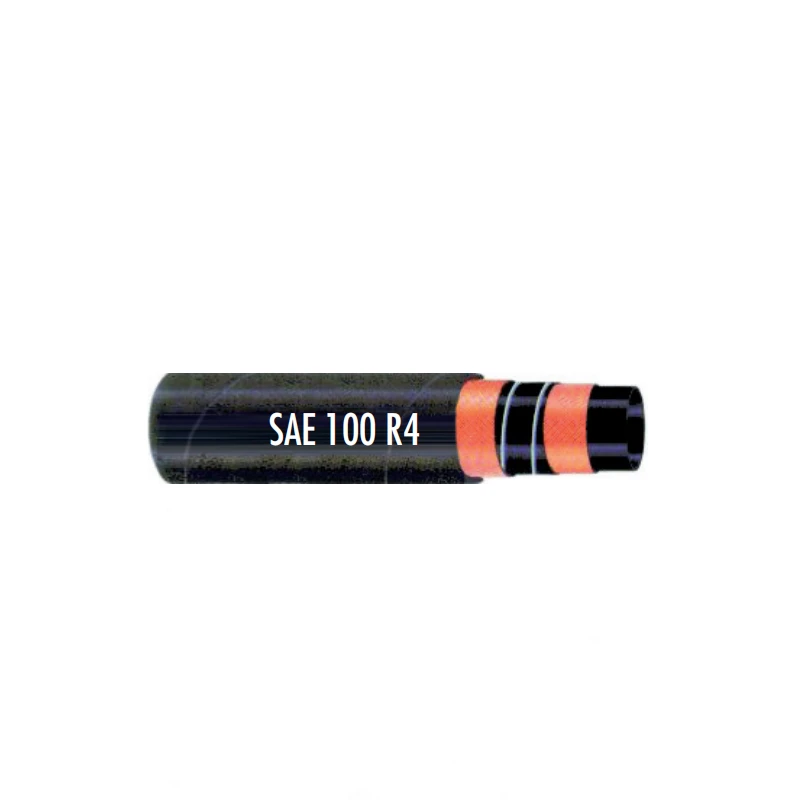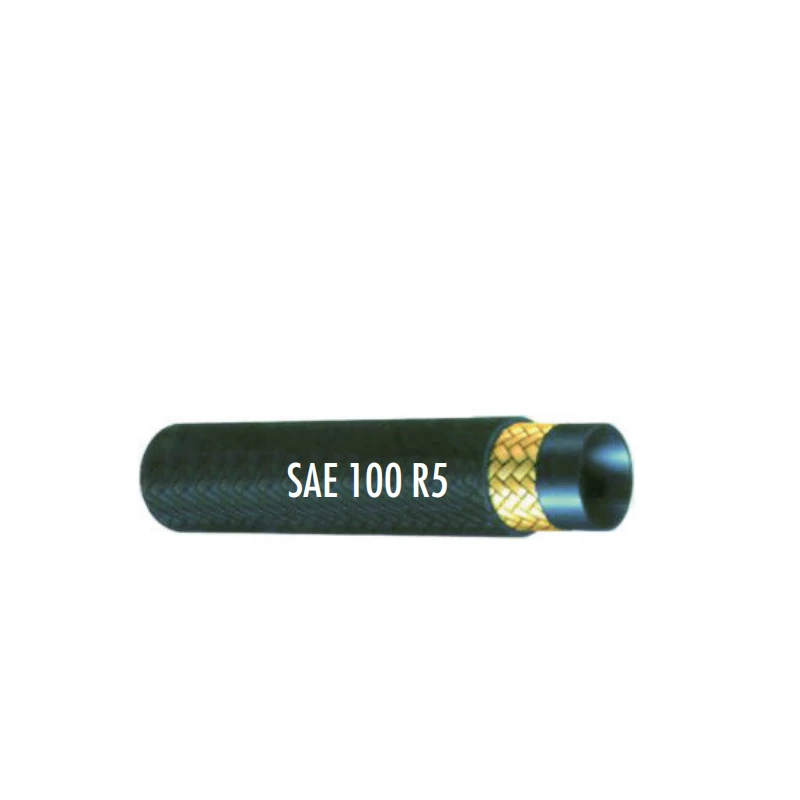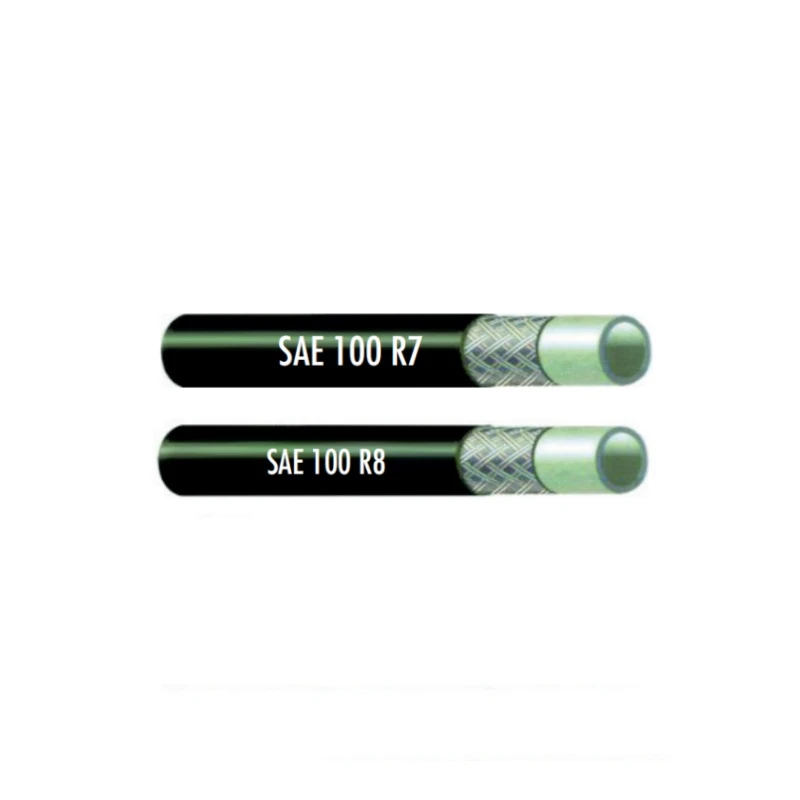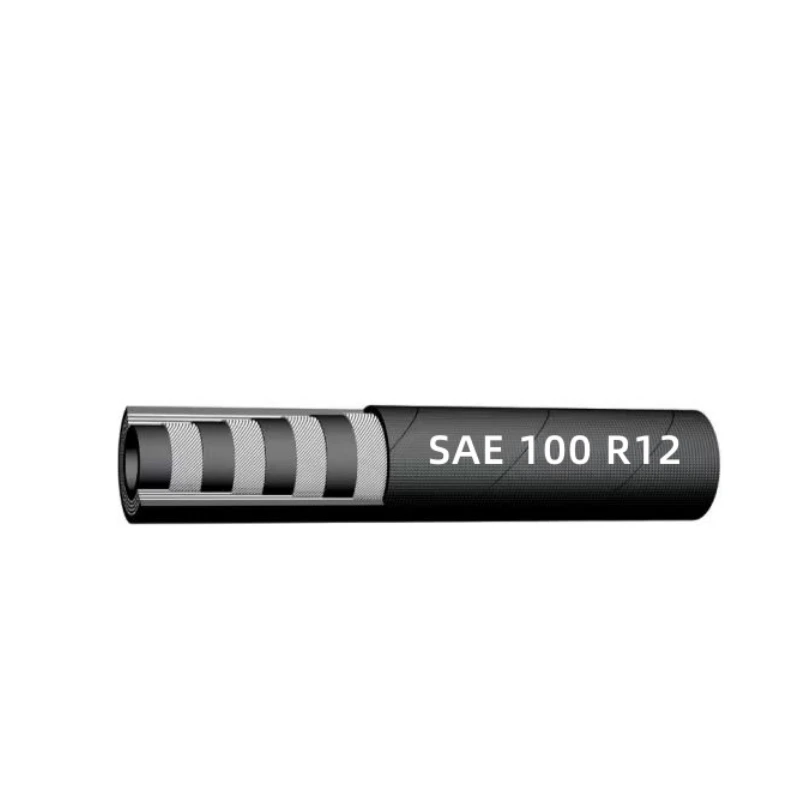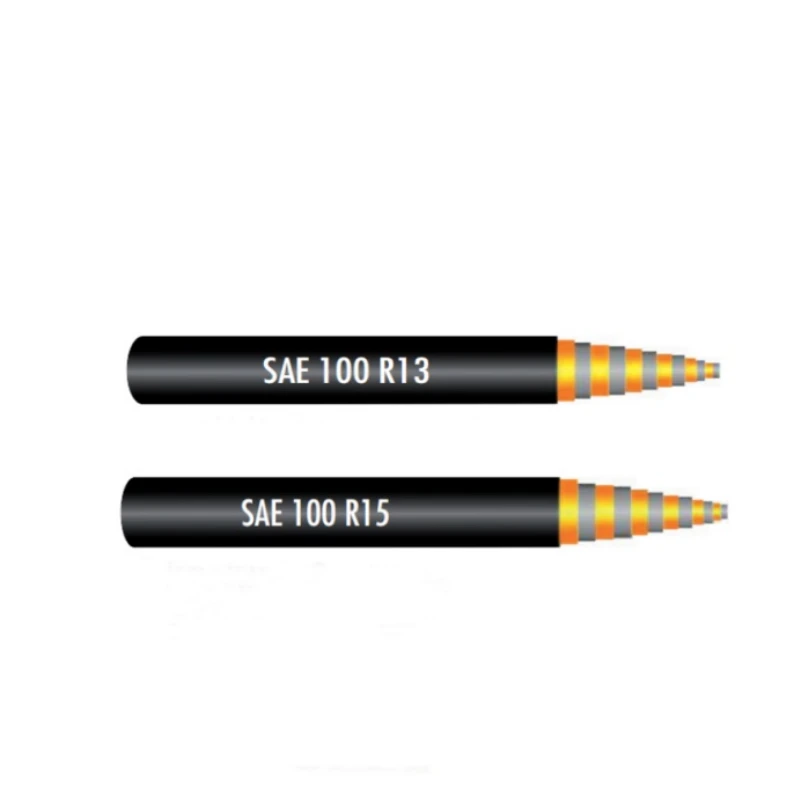
- Afrikaans
- Albanian
- Amharic
- Arabic
- Armenian
- Azerbaijani
- Basque
- Belarusian
- Bengali
- Bosnian
- Bulgarian
- Catalan
- Cebuano
- Corsican
- Croatian
- Czech
- Danish
- Dutch
- English
- Esperanto
- Estonian
- Finnish
- French
- Frisian
- Galician
- Georgian
- German
- Greek
- Gujarati
- haitian_creole
- hausa
- hawaiian
- Hebrew
- Hindi
- Miao
- Hungarian
- Icelandic
- igbo
- Indonesian
- irish
- Italian
- Japanese
- Javanese
- Kannada
- kazakh
- Khmer
- Rwandese
- Korean
- Kurdish
- Kyrgyz
- Lao
- Latin
- Latvian
- Lithuanian
- Luxembourgish
- Macedonian
- Malgashi
- Malay
- Malayalam
- Maltese
- Maori
- Marathi
- Mongolian
- Myanmar
- Nepali
- Norwegian
- Norwegian
- Occitan
- Pashto
- Persian
- Polish
- Portuguese
- Punjabi
- Romanian
- Russian
- Samoan
- scottish-gaelic
- Serbian
- Sesotho
- Shona
- Sindhi
- Sinhala
- Slovak
- Slovenian
- Somali
- Spanish
- Sundanese
- Swahili
- Swedish
- Tagalog
- Tajik
- Tamil
- Tatar
- Telugu
- Thai
- Turkish
- Turkmen
- Ukrainian
- Urdu
- Uighur
- Uzbek
- Vietnamese
- Welsh
- Bantu
- Yiddish
- Yoruba
- Zulu

Juil . 10, 2025 16:44 Back to list
Reliable Abrasive Transfer: The Role of Shot Blast Hose and Blasting Hose in Surface Preparation
In industries like construction, shipbuilding, automotive, and metalworking, surface preparation is a critical step before coating or finishing. One of the most effective methods for preparing surfaces is abrasive blasting, where high-pressure streams of abrasive material remove rust, paint, or debris from surfaces. To carry these abrasives safely and efficiently, two specialized components are essential: the shot blast hose and the blasting hose. These hoses are engineered to withstand the demanding conditions of abrasive transfer, ensuring durability, flexibility, and operator safety.
This article explores the functions, features, and benefits of shot blast hoses and blasting hoses, along with practical considerations for selecting the right one for your operation.
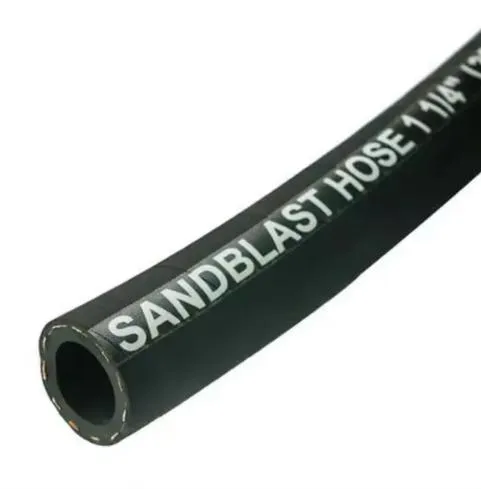
What is a Shot Blast Hose?
A shot blast hose is a high-performance rubber hose designed specifically for conveying abrasive materials used in shot blasting operations. Shot blasting involves propelling small steel balls or similar materials at high speeds to clean or prepare surfaces, usually metal.
These hoses are built to withstand extreme wear caused by the high-speed impact of abrasive particles. A shot blast hose typically features:
A thick inner tube made from natural or synthetic rubber with high abrasion resistance
A reinforced layer of braided or spiraled textile or steel to handle high-pressure flows
An outer layer resistant to weathering, ozone, and external abrasion
The durability of the shot blast hose ensures minimal wear over time, reducing the risk of hose failure and downtime. Its flexible design allows operators to maneuver easily during blasting tasks, especially in confined or complex areas.
These hoses come in various diameters and lengths to match different types of blasting machines and applications. Whether for cleaning steel structures, removing old coatings, or preparing surfaces for painting, the shot blast hose plays a crucial role in achieving clean, roughened surfaces for better adhesion and longer-lasting coatings.
Key Features of a Blasting Hose
While sometimes used interchangeably, the term blasting hose refers broadly to hoses used in all types of abrasive blasting, not just with shot media. A blasting hose may be used for sandblasting, grit blasting, bead blasting, and other media like aluminum oxide or garnet.
The most important feature of a blasting hose is its abrasion-resistant inner lining, which ensures the hose can handle the continuous flow of rough materials without rapid deterioration. A typical high-quality blasting hose will offer:
Superior abrasion resistance to extend service life
Flexible construction for easy handling and positioning
Reinforced strength to tolerate internal pressures and abrasive flow
Anti-static properties, which reduce the risk of electrical discharge caused by moving particles
In high-speed blasting operations, even the hose’s surface finish matters. Smooth bore designs are often preferred because they create less turbulence, improving the velocity and accuracy of the blasting stream.
A blasting hose must also be compatible with different nozzles and couplings, ensuring a leak-proof connection during operation. Many hoses come with crimped or swaged fittings that are tightly secured for maximum safety.
From large-scale steel bridges to delicate antique restorations, blasting hoses ensure that the abrasive media is delivered accurately and effectively to achieve the desired finish on various surfaces.
Choosing the Right Hose for Abrasive Blasting
Selecting the correct shot blast hose or blasting hose depends on several key factors, including:
Type of abrasive media
Some abrasives, like steel shot, are denser and more aggressive, requiring hoses with thicker or more durable inner linings.
Working pressure and flow rate
Ensure the hose can handle the PSI and flow volume required by the blasting equipment.
Length and flexibility
Long hoses may be needed for large work areas, but must remain flexible for ease of movement and control.
Temperature and environmental conditions
If the hose will be used in hot, cold, or outdoor environments, make sure the outer layer is resistant to UV, ozone, and temperature extremes.
Safety and wear monitoring
Some high-end blasting hoses feature internal wear indicators, which visually show when the hose lining is thinning and needs replacement.
Operators should also consider anti-static hoses, especially when dry blasting non-metallic abrasives, as static build-up can pose ignition hazards in certain environments.
Proper maintenance is equally important. Regular inspections for cracks, wear, or soft spots will prevent unexpected failures. Storing hoses properly—avoiding sharp bends or prolonged UV exposure—also extends their life.
In the abrasive blasting industry, equipment reliability and operator safety are critical. The shot blast hose and blasting hose are engineered specifically to meet these challenges, offering high abrasion resistance, pressure tolerance, and flexibility.
By choosing the right hose for your specific blasting needs, you can ensure:
Improved efficiency in surface preparation
Reduced equipment downtime from hose failure
Better surface results that support stronger coatings and finishes
Long-term cost savings through durability and performance
Whether you're working on heavy-duty industrial equipment or preparing delicate surfaces, investing in quality blasting hoses ensures that every job is done efficiently and safely.
This is the first article
Latest News
Steel Wire Reinforced Hydraulic Hose SAE 100 R1 / EN853 1SN S
NewsOct.17,2024
Two Layers Steel Wire Reinforced Hydraulic Hose SAE 100 R2 / EN853 2SN
NewsSep.03,2024
Textile Braid Reinforced Hydraulic Hose SAE100 R3+R6
NewsSep.03,2024
Textile Reinforced Hydraulic oil Suction Hose with embedded Steel Wire SAE 100 R4
NewsSep.03,2024
Single Wire Braid and Textile Covered Hydraulic Hose SAE 100 R5
NewsSep.03,2024
High Pressure Thermoplastic Hydraulic Hose SAE 100 R7 / EN855 R7 - SAE 100 R8 / EN855 R8
NewsSep.03,2024
Heavy Duty Four-layer Steel Wire Spiral Reinforced Hydraulic Hose SAE100R9+R10+R12
NewsSep.03,2024
Heavy Duty Multi-layer Steel Wire Reinforced Hydraulic Hose SAE100R13 SAE100R15
NewsSep.03,2024
Latest Products
